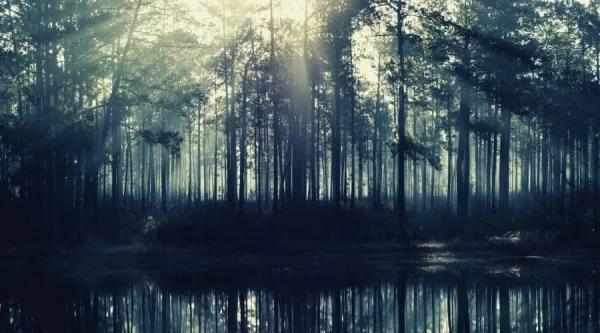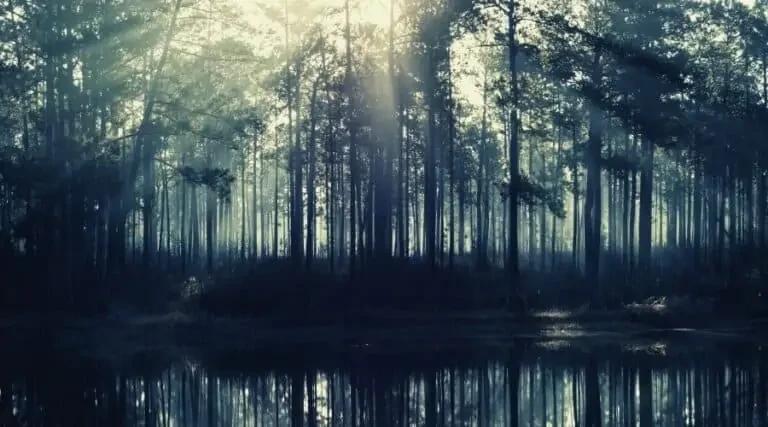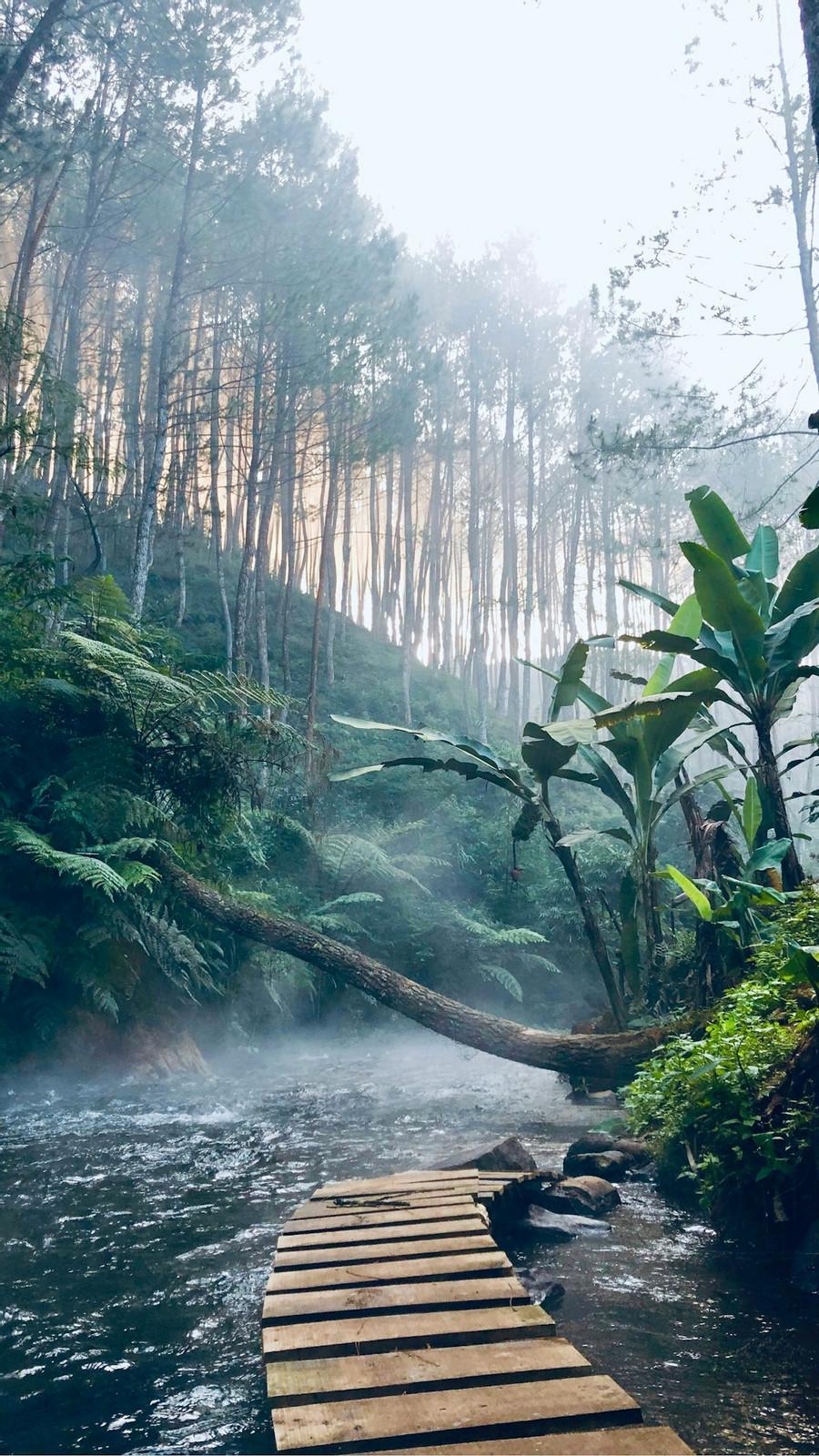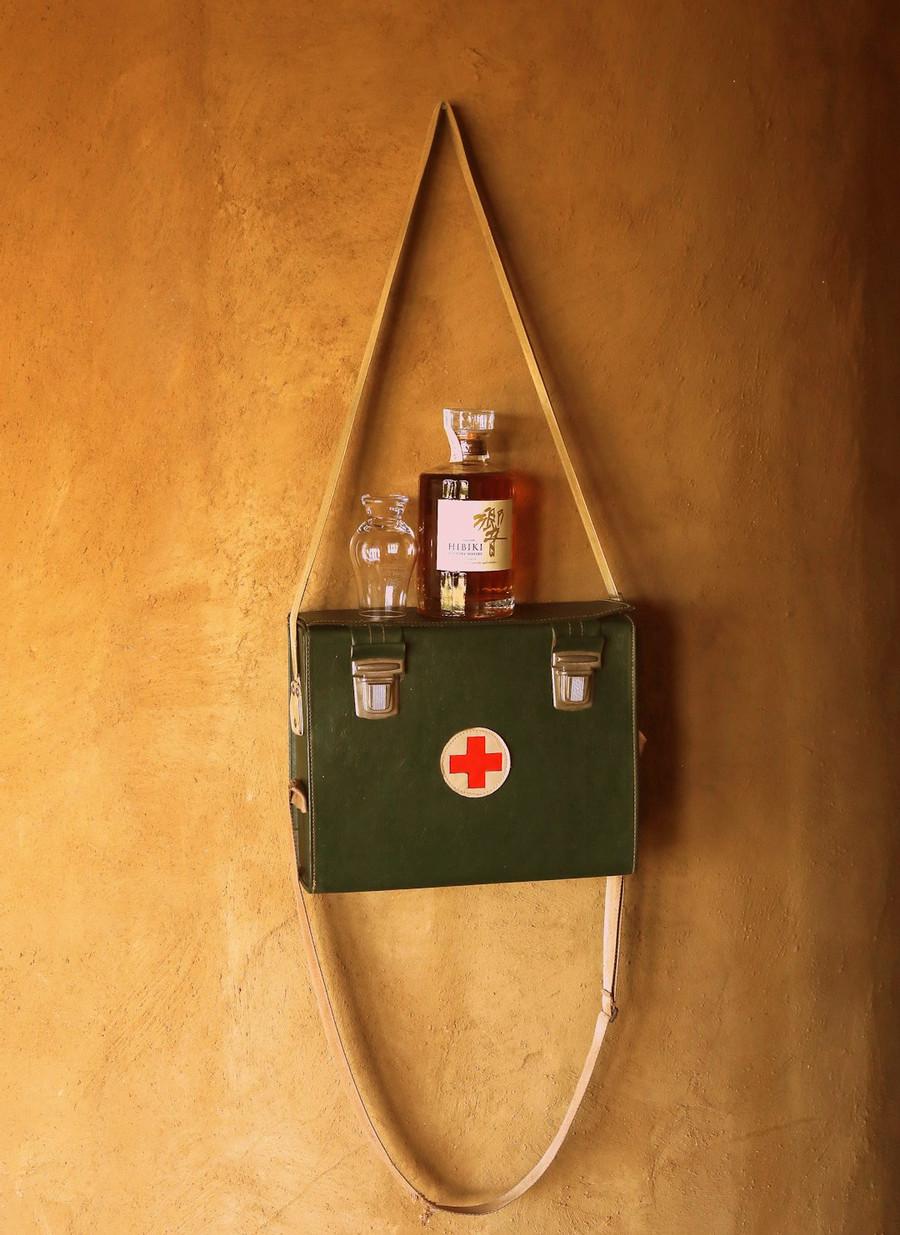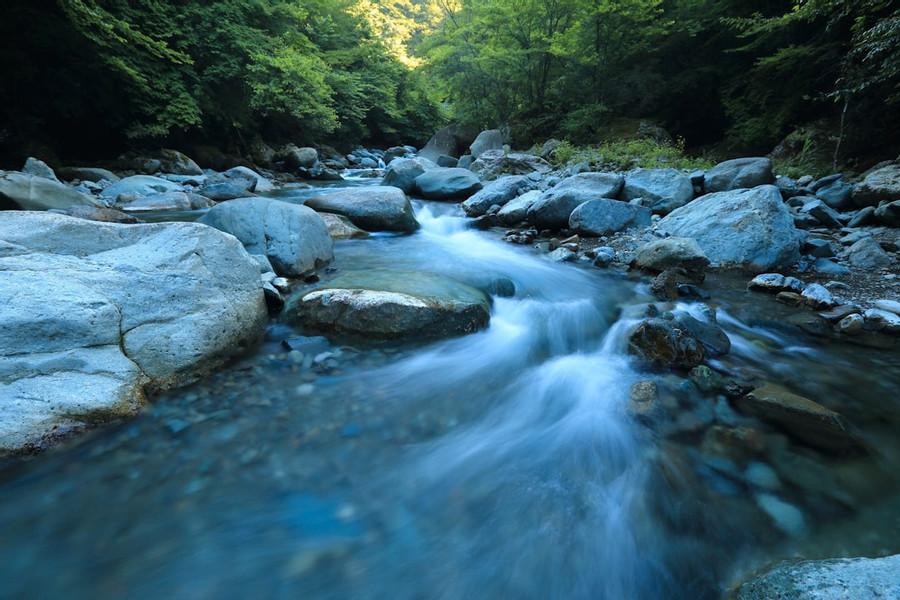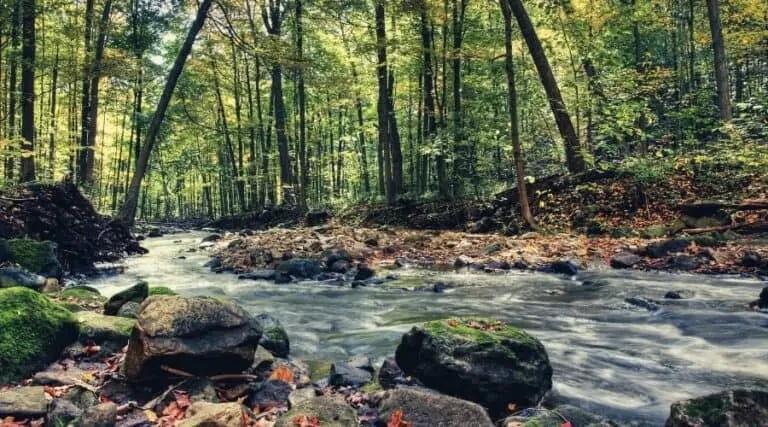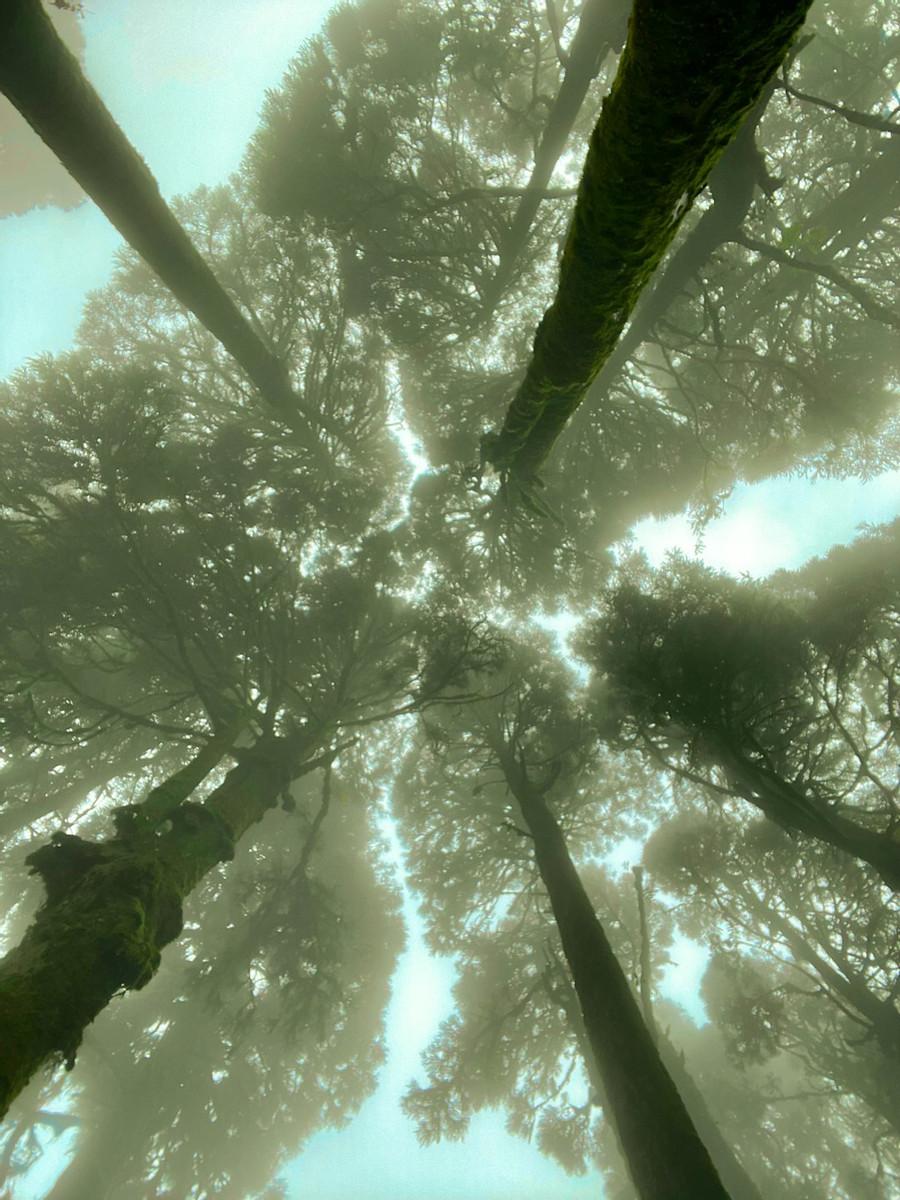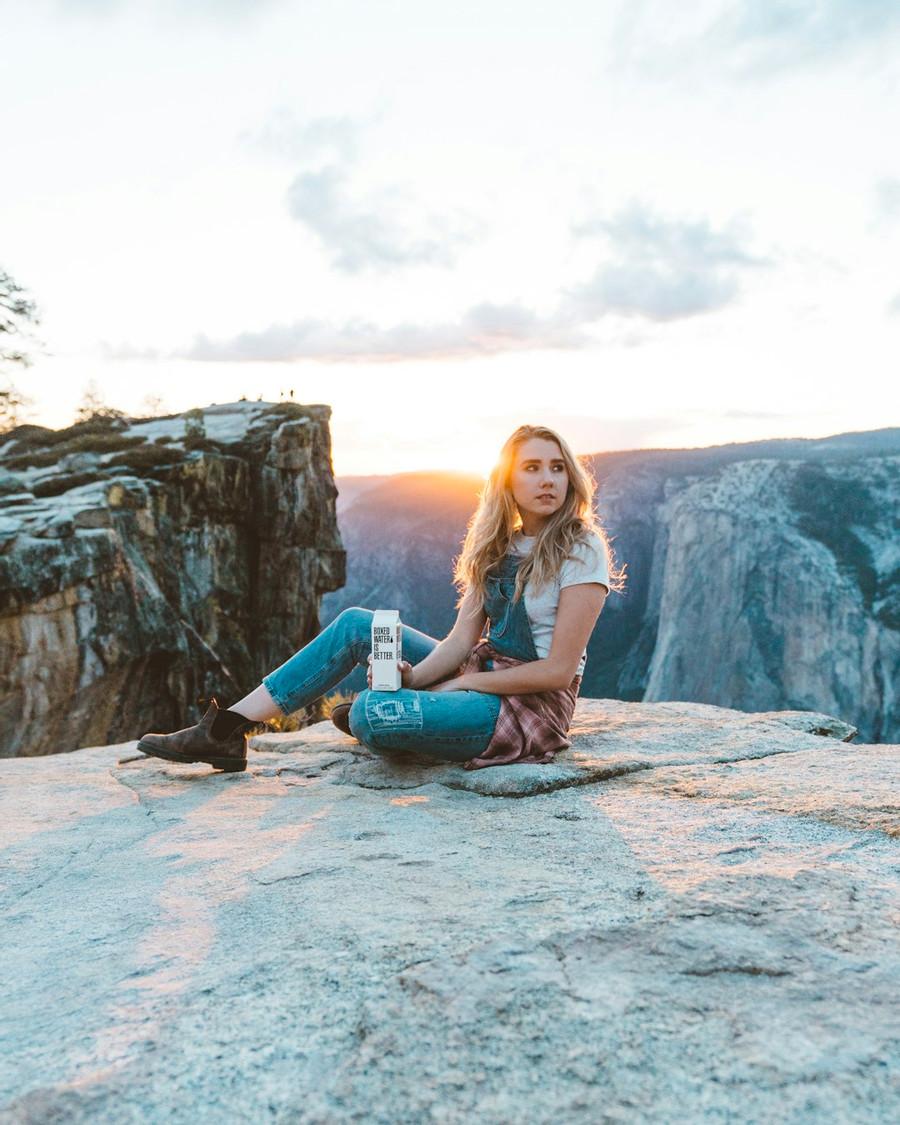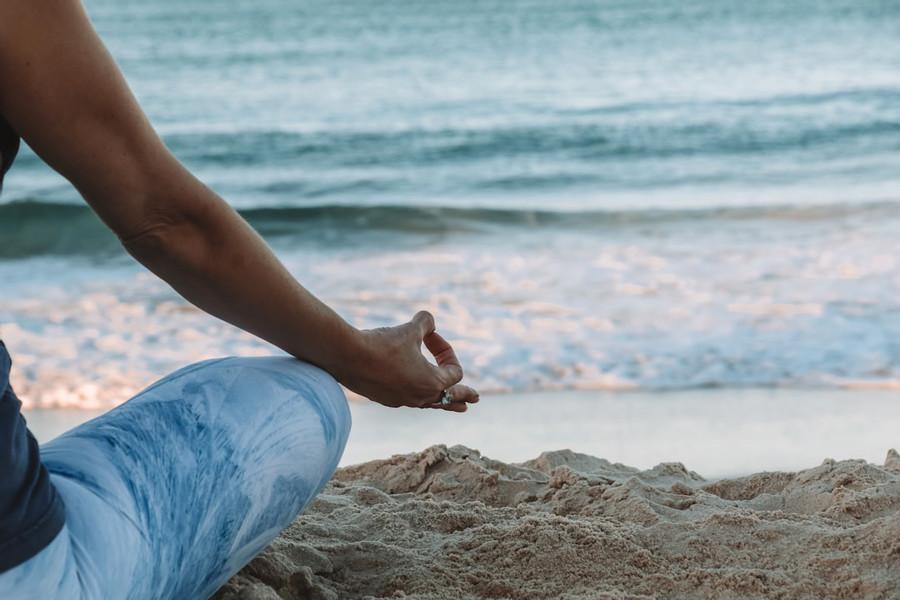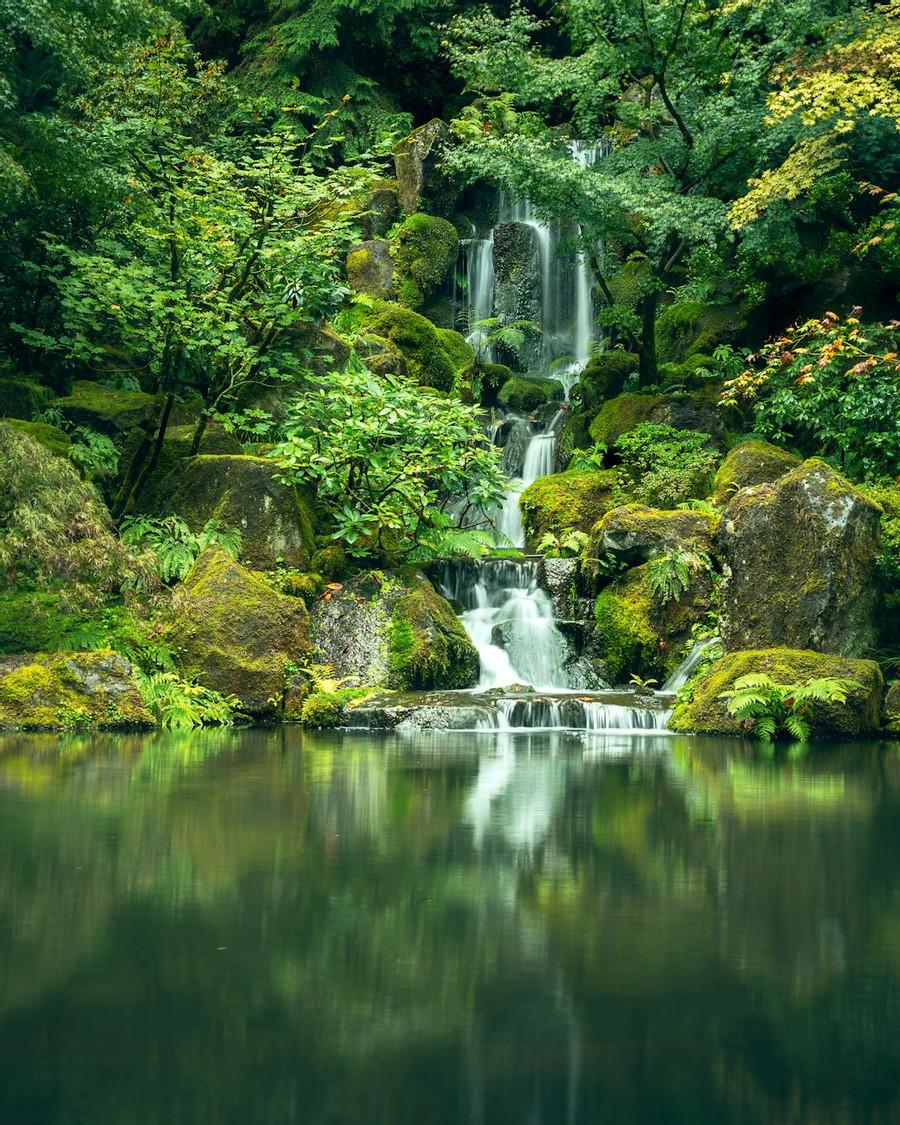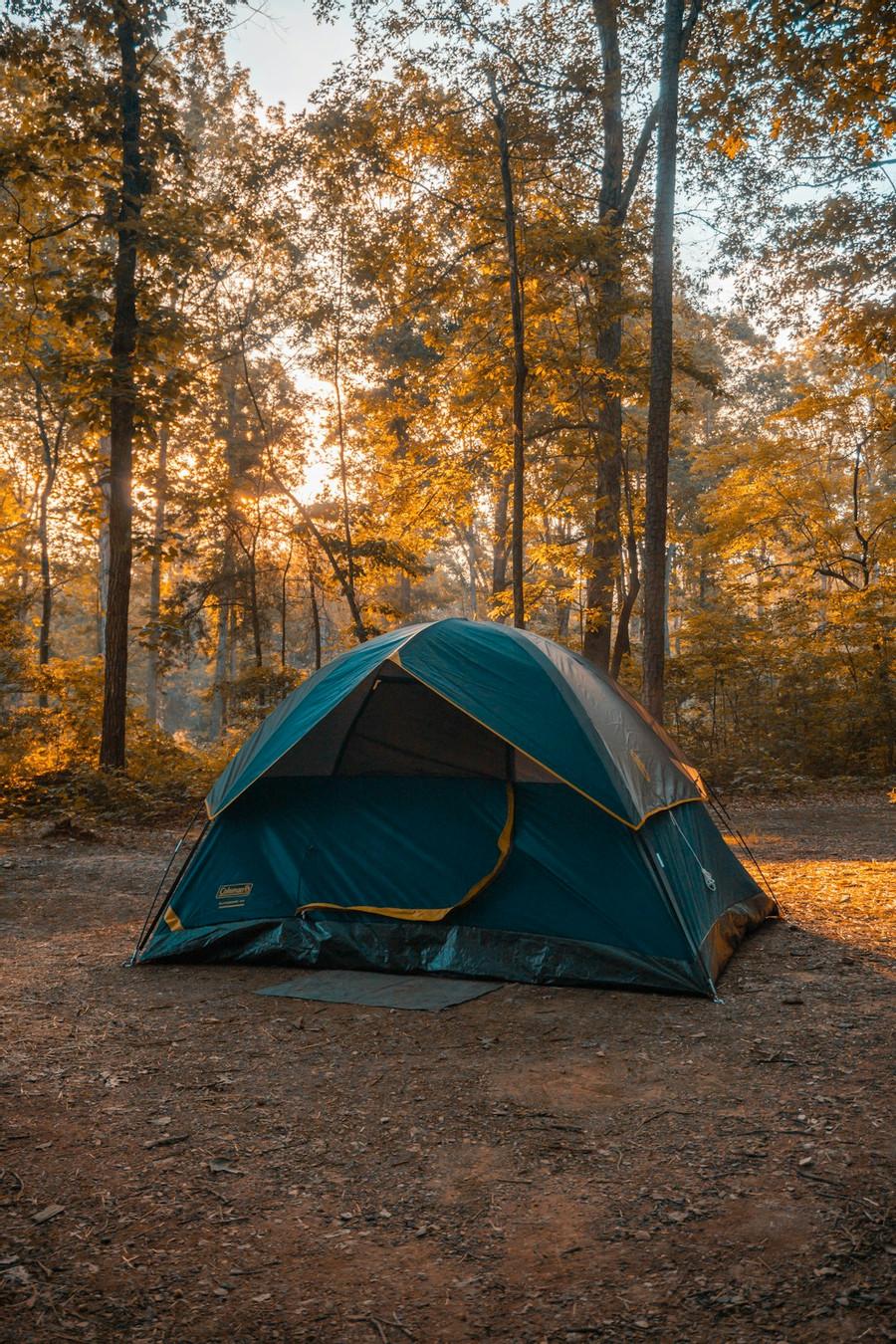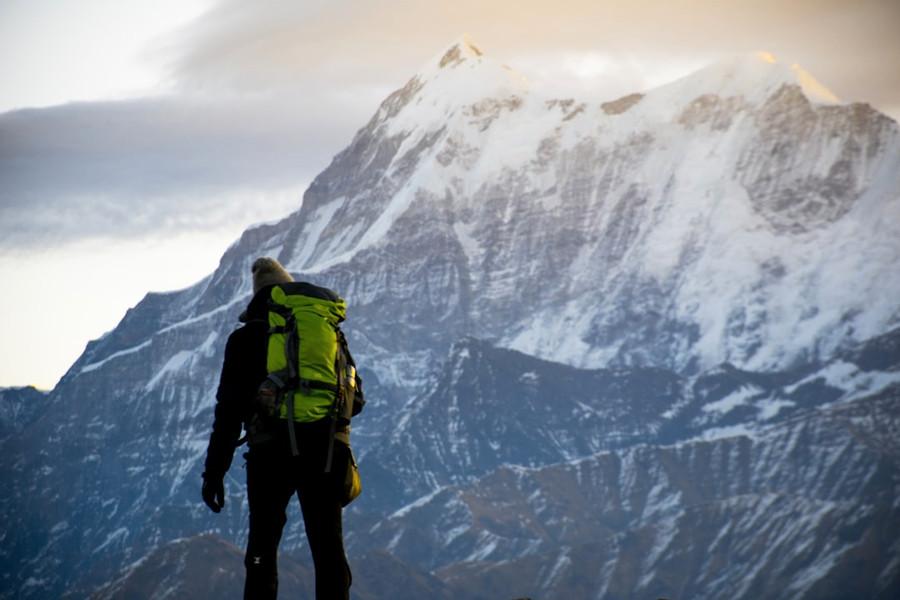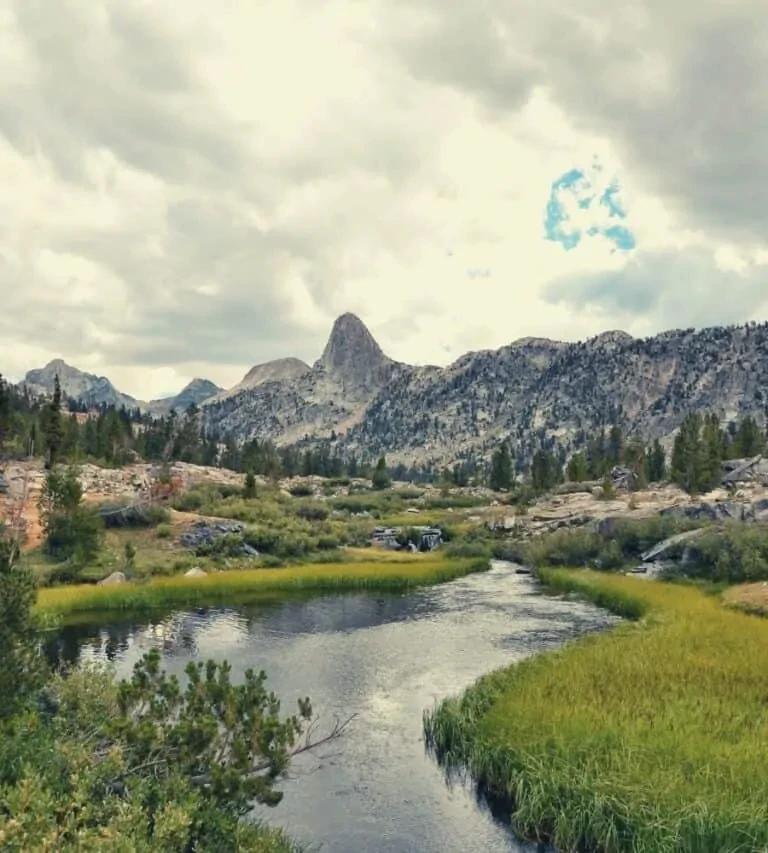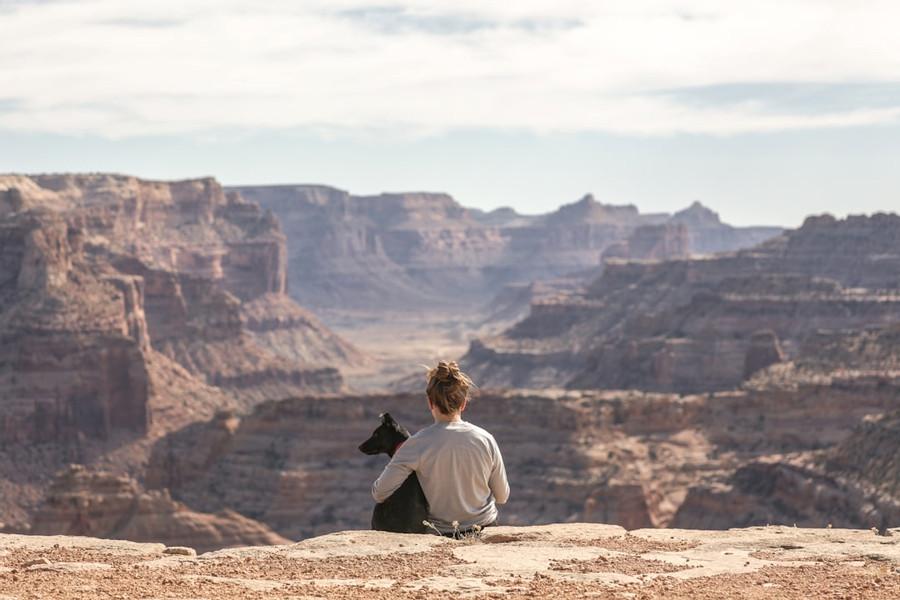What to do if you get lost in the woods
Curated from: myopencountry.com
Ideas, facts & insights covering these topics:
21 ideas
·6.09K reads
18
1
Explore the World's Best Ideas
Join today and uncover 100+ curated journeys from 50+ topics. Unlock access to our mobile app with extensive features.
Getting Lost In The Woods
Around 2,000 people get lost in the woods every year.
We all believe we’re not going to be one of those unfortunate souls…but none of us can ever be 100 percent sure.
Here are some survival strategies you need to know to avoid getting into this precarious situation in the first place.
But before getting into the nitty-gritty, take a look at the dos and don’ts every hiker or backpacker should memorize.
20
411 reads
Do's And Don'ts
Do's:
- Tell someone at home where you’re going beforehand.
- After you realize you’re lost, follow the STOP protocol and prioritize your needs.
- Travel downhill and follow streams towards possible human habitations.
- Stay in open areas and use all signalling devices at your disposal.
- Consider buying a satellite phone if venturing frequently into service-free areas
Don’ts:
- Panic – establish an escape or action plan and follow it strategically
- Deplete your energy running around without a coherent plan.
- Ignore symptoms of serious conditions like hypothermia and heat exhaustion.
26
438 reads
Always Bring The 10 Essentials
Surviving when you do get lost involves a little preparation. Always, always make sure you have the backpacking 10 essentials with you when you go out hiking or backpacking:
- Water purifier
- Extra food and bottled water
- Firestarter (matches/lighter)
- First Aid Kit
- Emergency shelter (e.g. a tarp or bivvy)
- Extra Insulation (emergency blanket or extra clothes)
- Flashlight/Headlamp
- Navigation tools (e.g. compass, personal location beacon, maps)
- Sun Protection
- Repair kit & Tools (duct tape and multi-tool are a great combo)
35
388 reads
What To Do IF You Get Lost In The Woods
Once you realize you’re lost, the first things you need to do are stop, relax, and think about your situation carefully. Excessive anxiety will only cloud your judgment and drain your energy.
The STOP method helps you remember what to do after you realize you’re lost. These letters stand for: “stay calm,” “think,” “observe,” and “plan.”
A few questions you should address are: How did I get here? How long will my food and water last me? Where’s the closest river or stream? Where should I set up shelter? What’s the weather like? How long till it gets dark? How’s my health?
25
339 reads
Pinpoint Your Location
Once your mind is calm, observe your surroundings and try to get an idea where you’re located. Try and mentally retrace your steps.
If it is safe to do so, then climb to the highest elevation possible to better assess your location. If such a venture will take significant time or energy, or you don’t feel confident in undertaking it, then DO NOT attempt it. Simply STAY PUT.
21
353 reads
Travel Downhill
Survival experts recommend that people who are lost in mountains or forests travel downhill. In most wildlife areas, it should take you no more than 20 hours of walking downhill to reach a town or city, or at least a road or established trail.
Since most cities in the past were built near bodies of water, it’s likely you’ll come across other humans once you reach the stream’s source by heading in a downhill direction towards a valley. Not only are you more likely to come across civilization by walking downhill, it’s also easier on your body and will save you energy.
23
333 reads
Stay Put If In Doubt
Keep your eyes (and ears) peeled for any and all traces of humans. Whether it’s some trash left behind by a non-practitioner of LNT, a trail or pathway, camping sites, or the sounds of people talking.
If you can’t determine your location or navigate your way back to civilization, then you are best to STAY PUT and await rescue. While waiting for help to arrive, you should be aware of the biggest risks that you are likely to face and how to effectively handle them.
20
325 reads
Dehydration
You can only survive three days without water. This timeframe, however, could be even shorter if you’re hiking in humid environments.
On most trips, you’ll likely have brought H2O with you, but packing a water purifier such as the lifestraw could help save your life by allowing you to drink safely from wild water sources. Alternatively, if you have brought a stove or are adept at making fires, then boiling H2O from a stream will also make it safe to drink.
24
318 reads
What To Do If You Get The Shivers
The onset of hypothermia is usually gradual, so you have to watch yourself carefully before the debilitating symptoms take hold of you.
Hypothermia produces symptoms such as extreme shivering, weakened pulse, delirium, and poor balance. It’s far easier for you to contract hypothermia at night, especially if you’re in an area that’s damp.
If you feel your temperature dropping, remove any wet clothes you have on because these only increase your risk of developing hypothermia. Use your emergency blanket and light a fire nearby to provide external heat. You can also drink warm water.
21
297 reads
Heat Exhaustion
Cramps are an early warning sign that you’re dehydrated. As these symptoms appear, try to find a shaded area and drink purified water.
Once you start to experience symptoms like nausea, clammy hands, or a fast pulse, you must lie down in the shade, sip a drink slowly, and sprinkle cool water all over your face and body.
Finally, to avoid sunburn and eye damage, a container of high-grade sunscreen and a pair of sunglasses are musts if you’re hiking in high temps or areas where you’ll be exposed to the sun.
21
278 reads
Hunger
Food is important for giving you the energy you need to create and maintain your shelter, or to hike out to safety. Take stock of the food you’ve brought with you and work out how to stretch out your supply for as long as possible.
Reserve your energy only for necessary tasks. With more energy in reserve, you’ll naturally require less food to survive.
Whenever hunger cravings overwhelm your mind, just slow down, relax, and remember that humans can survive three weeks without food. After a few hours, your mind should become significantly less stressed.
21
265 reads
Surviving While Awaiting Rescue: Stay Calm
Now that you know the greatest risks to your safety, it’s time to learn how to keep yourself going while waiting on help while out in the wild.
You need a cool head now more than ever. If you’ve never practised meditation before, now is as good a time as any to begin. Sit down and notice your in-breath and out-breath for 15 to 30 minutes. It takes about 30 mins or so for adrenaline to be broken down in your body. Allowing yourself this time to calm down will allow you to think much more clearly again.
21
238 reads
Find Some Water
If you have made the decision to wait out and be rescued then the first priority is locating a reliable water source nearby without wandering too far off.
If you can’t find a stream or lake, consider hanging out a tarp to collect rainwater. While quite intensive, you can also use a piece of clothing to collect morning dew off plants and trees and wring the H2O out into a suitable container.
21
245 reads
Make A Shelter
In order to effectively ward off hypothermia, you need to create a reliable source of fire and find a good shelter.
Besides a cave (uninhabited, of course), the best shelter for a cold night in the woods is a tent. If you don’t have a tent and can’t find a safe cave, then try to set up camp near fallen trees or by rock outcroppings.
Anyone who doesn’t have an emergency tent with them can build a makeshift tent out of other materials like a tarp or a poncho. You’ll need to tie a rope or place a branch between two nearby trees before draping your tarp over.
21
241 reads
Don't Burn Yourself Out
Don’t walk around aimlessly for hours on end. Always think through your strategy before wasting your energy. You really need to watch how much energy you exert if you don’t have a huge food supply.
When you need a break, then sit back, drink some water, eat something, get in your sleeping bag, and rest. Some hikers find it’s better to take catnaps throughout the day instead of sleeping all through the night. This is especially the case if you have trouble falling asleep in the woods after dusk.
20
235 reads
Signalling To The Rescuers
Make sure you are ready to signal potential rescuers. This could take many forms, such as blowing a whistle, flashing a mirror (or shiny metallic object) or even spelling “help” on the ground in an open area.
If lost in the mountains, you should use the appropriate signals to alert mountain rescue planes or helicopter teams.
20
242 reads
How To NOT Get Lost In The Woods: Tell Your Loved Ones Where You Are Headed
The most important thing before going on a hike is to let friends and family know where you’re going and for how long. Leave them a map of your planned route and any other pertinent information about your trip, i.e. direction of travel, parking location. This way, if you don’t return within the timeframe you’ve provided, then your loved ones can alert the authorities.
Don’t get caught up in the mythos of the “rugged explorer.” Letting others know your whereabouts is a sign of maturity and it’s critical for your safety.
20
232 reads
Travel In Open Areas Or Popular Tourist Destinations
This is a great tip if you’re a beginner. It’s an even better idea to stay close to your home on your first hiking adventure. While it might not be as exciting as heading deep into the wilds, this is a great way to learn basic navigation skills in a safe environment.
20
234 reads
Travel With A Guide
If you’re not too experienced with hiking or backpacking, there’s no shame in scheduling a tour with a guide, which is also a great way to learn the ropes before venturing out on your lonesome.
While this tip is optional for easier hiking treks, it’s a requirement for all other times. There are plenty of websites where you can book guided hiking tours around the world, so there’s no excuse for going it alone in areas out of your comfort zone.
20
206 reads
Learn Basic Navigation With A Map And Compass
You should know how to read scales on a map. The most common map is 1:25,000, which means one centimeter on the map translates to 250 meters on the ground. You should also be able to identify features on the map and understand contouring, both of which can help you navigate terrain safely.
Figure out how to use a real compass. Invest in a high-quality compass you feel comfortable with and learn how to use it before your hike.
22
227 reads
The Bottom Line
Please remember to tell all your relations about your trip and carry your essential travel gear with you on the trail. These two preventative tips, along with the strategies listed above, could well prove critical in “surviving to tell the tale.”
20
252 reads
IDEAS CURATED BY
CURATOR'S NOTE
Would you know what to do if you get lost in the woods, mountains, or wilderness? Make sure to plan for the best, yet prepare for the worst with our practical survival guide.
“
Charlotte 's ideas are part of this journey:
Learn more about personaldevelopment with this collection
Basic survival skills
How to prioritize needs in survival situations
How to adapt to extreme situations
Related collections
Similar ideas
5 ideas
8 ideas
7 ideas
Read & Learn
20x Faster
without
deepstash
with
deepstash
with
deepstash
Personalized microlearning
—
100+ Learning Journeys
—
Access to 200,000+ ideas
—
Access to the mobile app
—
Unlimited idea saving
—
—
Unlimited history
—
—
Unlimited listening to ideas
—
—
Downloading & offline access
—
—
Supercharge your mind with one idea per day
Enter your email and spend 1 minute every day to learn something new.
I agree to receive email updates
